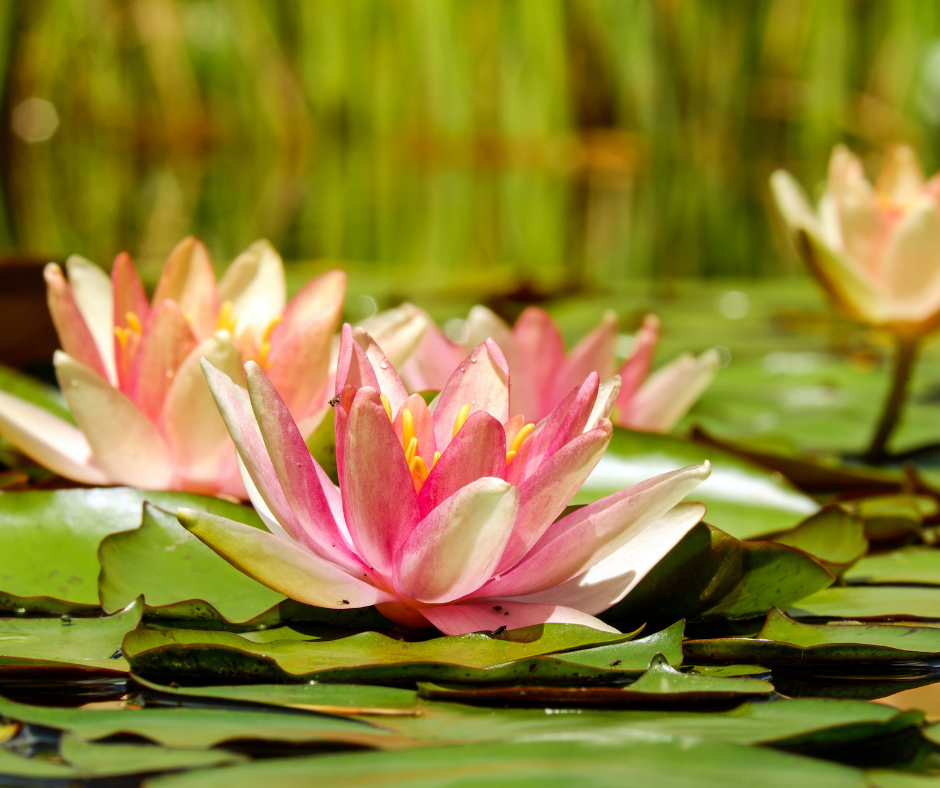VICTORIA AMAZONICA: The Giant Waterlily 🌿

Victoria Amazonica: The Giant Waterlily
Share
I snapped these giant beauties at the Water Palace of Tirtagangga in Karangasem, Bali. This plant you'd know as The Giant Waterlily and it has some amazing botanical and historical points that I'd really like to share with you all!
The giant pad that you can see in this photo is an amazing sight as they can grow a staggering 4m in diameter which is why you won't often see other aquatic plants grow near them- theirs simply not enough space! The stalks also have sharp thorns that protect them from underwater predators such as fish and bugs which I'm sure other plants wouldn't really like.Another fun fact is that they can hold up to 140kg when mature, it'd make a really fun trampoline! 😂
These lovely green leafs (pads) grow stark white lily's as you can see floating in the water and will start to bloom only during the night. What is interesting about this is that after the lilys bloom on the first night, the following night they will turn into a dark fuchsia pink!
On this note their is a very interesting literary connection to the Giant Water Lily. In 1835 Hans Christian Andersen famous childrens author published the story of Thumbelina. In the story a lonely woman wishes for a tiny young daughter, in which the next day is granted as she opens up a flower and sitting in the flower was a small girl as delicate as a pink rose.
A Giant Water Lily isn't pollinated the way we usually associate pollination with bees. When the GWL's giant white flower blooms at night it increases it's temperature to almost 10 degrees higher so that its essence can draw in beetles. These beetles in turn land on the waterlily spreading pollen throughout the flower. Once morning comes the flower will close back up safely keeping the little beetles in it's petals until they arise again at night. On the second night of a newly pollinated flower the petals will open up except the once white flower is a beautiful fuchsia colour and the beetles leave behind the pollinated flower searching for a new pollination station.
Many believe that the similarities between the story and the GWL are because Hans mistakenly mislabeled the flower. The process of both the overnight miracle, the flower closing and bringing back something pink related and the vicinity of the house in the story all lead to some pretty convincing conclusions but we will never know! You can sort of understand why he would of compared the fertility of Thumbelina and this flower-it's pretty similar. Although in the story the flower was a tulip, I think I like the Lily theory better 😅
The GWL is originally from Brazil (think the Amazon) and in turn also has it's own set of indigenous origin stories. One Brazilian tribe believed that the Moon Goddess of their belief system took young virgins with her when the clouds covered the moonlit sky at night and turned the lost girls into stars. A young girl named Naia of their tribe wished that she could be taken by the Moon Goddess despite the tribes warnings that the Moon Goddess would take her life on this journey. One day Naia desperate to reunite her soul with the moon wept by a river and subsequently decided to drown herself. The Moon Goddess watching from above felt worshiped after such a great sacrifice and turned Naia into something even more worthy a 'Star of the Water' which we know now to be the flower of the Great Water Lily. It's interesting to think about how this story would have came to be, and if this legend can give us any in sight on the time frame a GWL would have cultivated originally. Who knows!
It's so fascinating to see the correlation between plants + history so if you are enjoying this post let me know by commenting below or liking this post and I will keep posting things like this! 🌿
